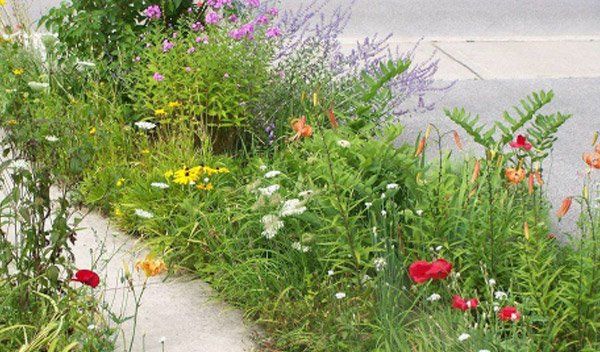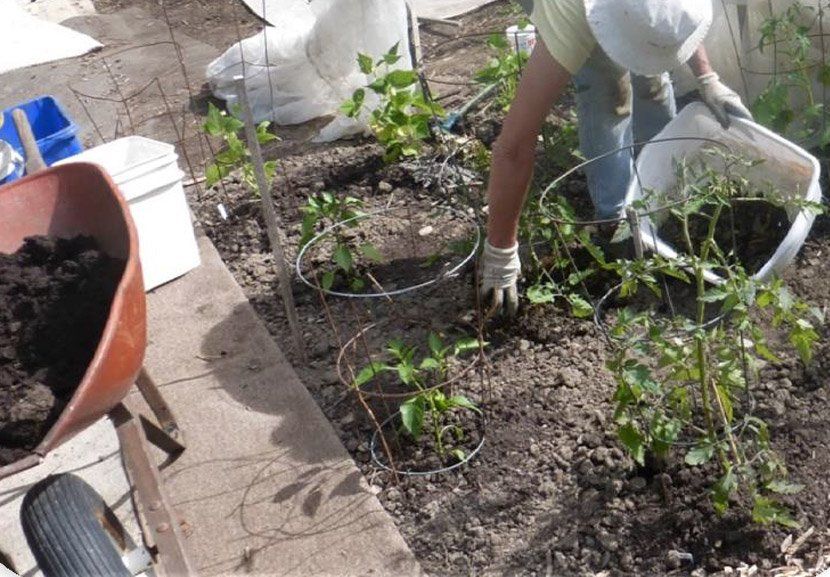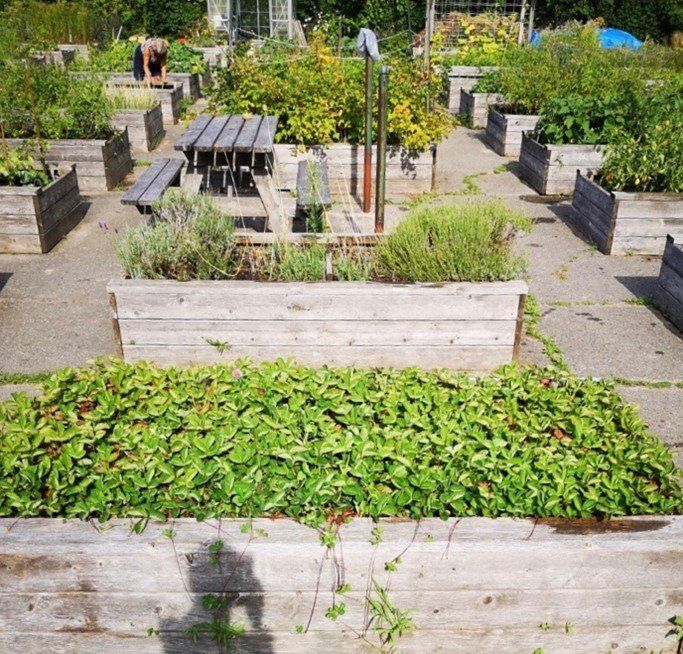Composting — Making Your Own Black Gold
While it would be nice to be able to make our own oil and save on fuel costs, the black gold in this case is compost. Compost is a valuable soil amendment, improving the structure of both sandy soil and clay, and providing a neutralizing effect on acidic or alkaline soils. Compost is also a source of the nutrients that your plants need to thrive. If all that wasn’t enough, you have the satisfaction of helping the environment, by using the vegetative waste from your kitchen and garden.
What is composting and how do we go about creating good compost?
Composting is the process of decomposing organic matter to make a fertilizer and soil amendment. The decomposition is done primarily by aerobic bacteria, which are bacteria that need oxygen to survive. Worms and fungi play a part in the later stages of the composting process, but aren’t the primary workers. A pile of organic material will eventually decompose if left for a sufficient amount of time, but for most gardeners, especially those in urban areas, quicker results are preferable. Nobody wants a big pile of rotting vegetation sitting around forever! So if you’ve got a pile that’s been sitting through the winter now is the perfect time to give it a bit of attention before the busiest part of the spring begins. Your mission, should you choose to accept it, is to create the ideal conditions for bacteria to thrive and work their magic. This requires only 3 things, air (oxygen), water, and food.
First let’s deal with air.
As a compost pile sits, the material compacts and air is forced out. There are a couple of ways to aerate the pile. You can turn over the whole pile transferring it from one area to another using a garden fork or shovel, depending on how small the material has become. While transferring, it’s also beneficial to try and mix up materials from the outside to the inside and vice versa. The inside of the pile will generally have more activity and break material down quicker, so mixing the material helps it decompose evenly. The second method, which is even easier, is to poke holes in the pile. This can be done with something as simple as a strong stick or piece of rebar, or you can invest in one of the tools available specifically for this purpose. Whatever tool you choose, work it around a bit to create the largest possible air space.
The second requirement for healthy, active bacteria is water.
In the spring with piles of fresh material available from our garden clean-up, this shouldn’t be a limiting factor; however, in the summer the pile may need to be watered occasionally or covered to prevent excessive evaporation. Don’t be too enthusiastic with the water, the pile should seem spongy, not soaking wet.
Thirdly, those hungry bacteria need food, which is the material you add to the compost pile.
While most things will compost there are a few guidelines to keep in mind. Don’t put diseased vegetation in the compost pile. You want to produce good quality compost, not spread disease throughout your garden. Weed seeds are generally killed by the composting process; however to play it safe don’t compost weeds that have gone to seed. In addition, meat, bones, or dog or cat waste should not be included. What kind of materials should go in? There are two general categories: carbon based materials, often referred to as “browns”, and nitrogen based material referred to as “greens”. Browns include items such as dried leaves, sawdust, wood chips and straw.
-
City skyline
Photo By: John DoeButton -
Birthday Sparks
Photo By: John DoeButton -
Fashion Magazine
Photo By: John DoeButton
Greens are kitchen scraps, coffee grounds, fresh grass clippings, fresh animal manure from vegetarian animals. Yes, some of these items are brown, but in compost terms they’re green. Shredding or chopping the larger pieces before adding it to the pile will speed up the process of decomposition. The mix of browns and greens is important, as too much brown material may result in slow decomposition while too much green can make the pile smell. Guidelines vary, but the general rule of thumb is to aim for a ratio of 20-30 portions of brown material for every portion of green material, ideally added in alternating layers.
So you think you’ve done everything correctly, but how can you tell for sure?
A working compost pile should be warm, about 135 degrees F or 58 degrees C. Thermometers made specifically to check this are available. If the compost pile is cold or starts cooling down something needs to be adjusted. There may be insufficient air, too much or too little water, or perhaps you have been overenthusiastic with “brown” material. Whatever the problem, examining your compost pile will tell you which one it is. Maintaining these elevated temperatures for as long as possible not only helps break down the material faster, but should kill off any stray weed seeds that have made it in to the pile.
Are we there yet?
Compost is ready to use when it’s no longer possible to identify the material that went in to the pile. It will be completely broken down, and it will no longer heat up. Worms, which were previously kept out by the high temperatures, will start making their way to it. If your compost meets these tests, let it sit just a little bit longer to be sure then give your plants a treat. They will thank you for it.
Prepared by Master Gardeners of Ontario Education Resources and the Grey County Master Gardeners for use by home gardeners & community groups. For other use, please email greycountymg@gmail.com
April 2017 bd
²http://www.leevalley.com/en/Garden/page.aspx?p=10028&cat=2,33140&ap=1
Latest Blog Posts















